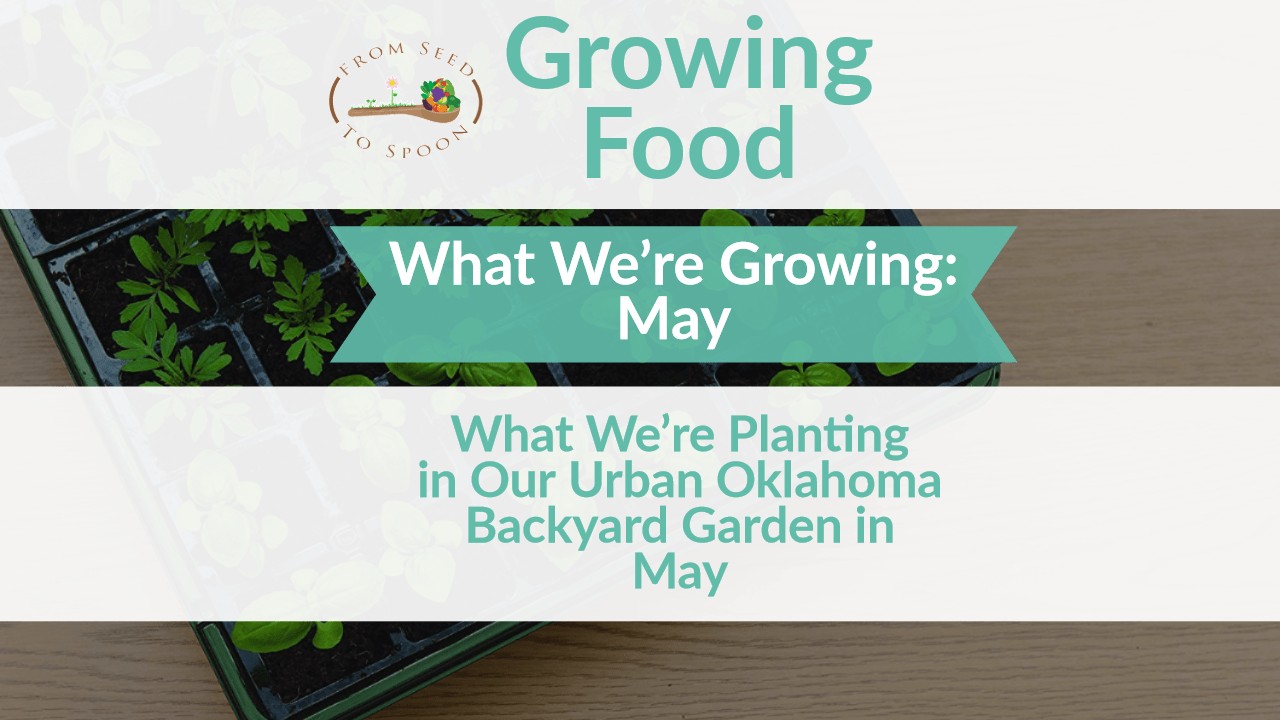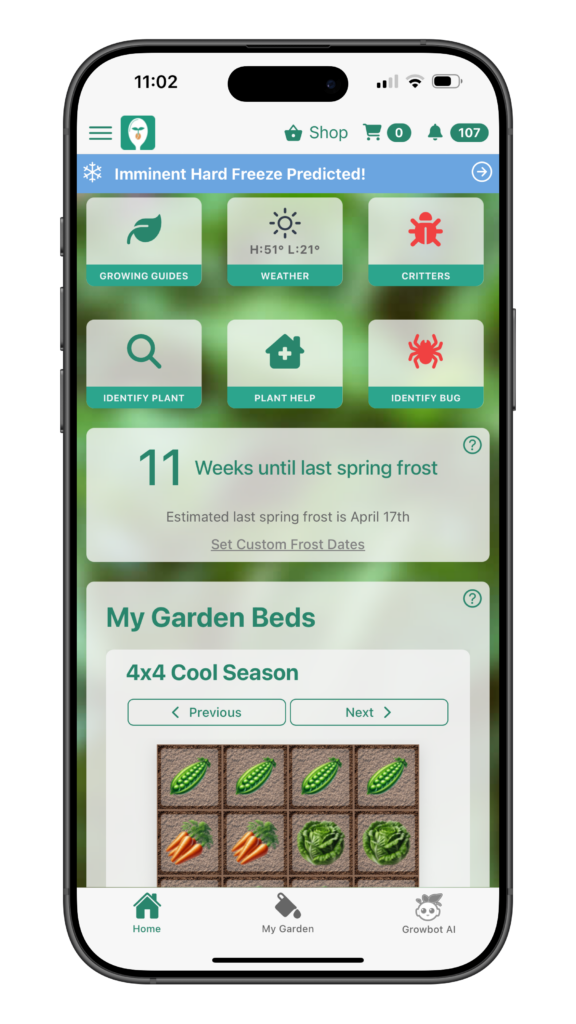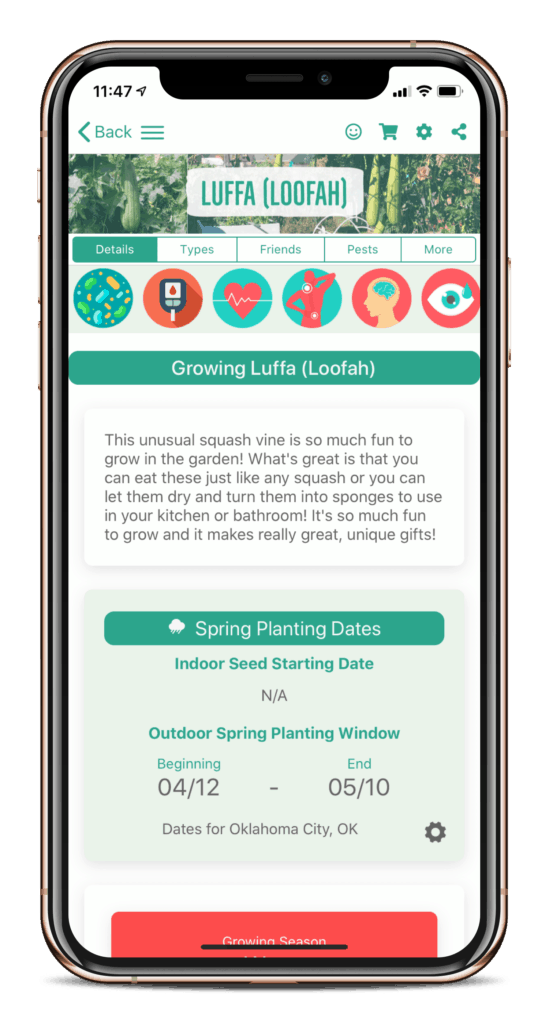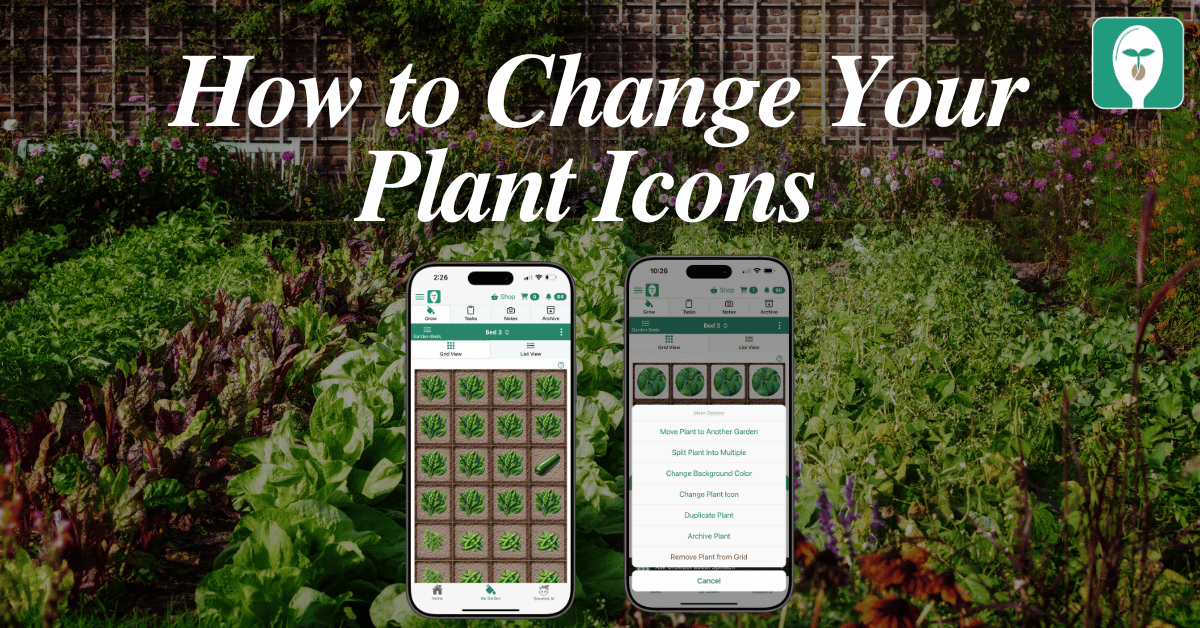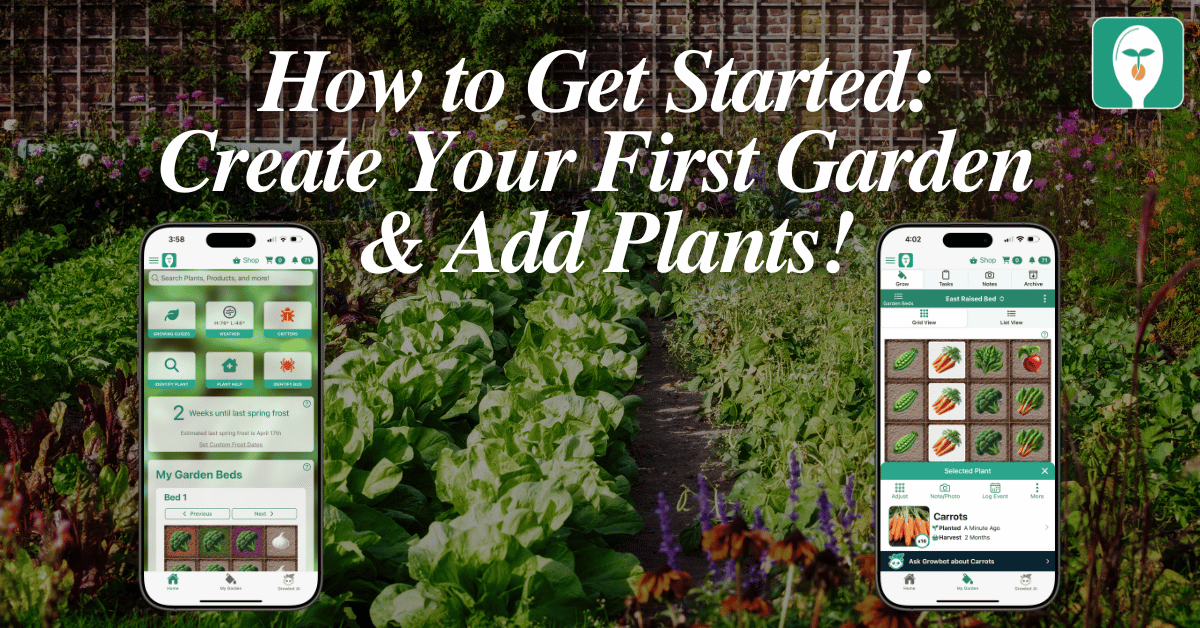Right around May, growing food in Oklahoma takes on a whole new dynamic. If you thought the bugs were bad in April just wait until you see what starts attacking your food in May. Thankfully, nature has engineered a variety of ways to counteract these bugs and we’re able to manage them without the use of pesticide in our garden. Check out our free mobile app that makes it easy to identify and manage the most common garden pests organically. You can learn more by visiting our website seedtospoon.net or searching From Seed to Spoon in the App Store.
Apart from the influx of insects, May is one of the best months for growing in Oklahoma. Most plants (greens, tomatoes, root crops) should have already been in the ground by now, but there are many heat-loving crops that welcome the warm weather and can be started in May.
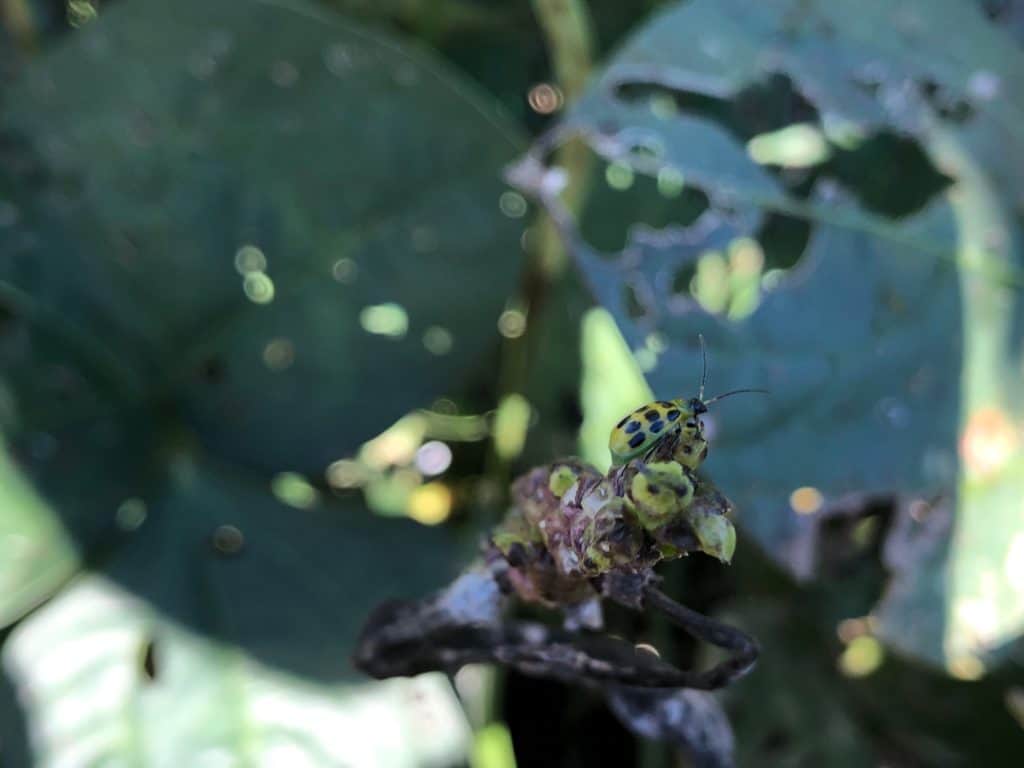
Cucumbers are really easy to grow and love our warm summers. They are a voracious plant that does best when trellised or allowed to grow up a vertical structure. We build simple trellises out of t-posts and arched cattle panels that we get from Tractor Supply. The biggest pest you will face with cucumbers is the cucumber beetle which looks like a yellow striped ladybug. These can be controlled with homemade traps- click here or check out our app for more info and how to build these.
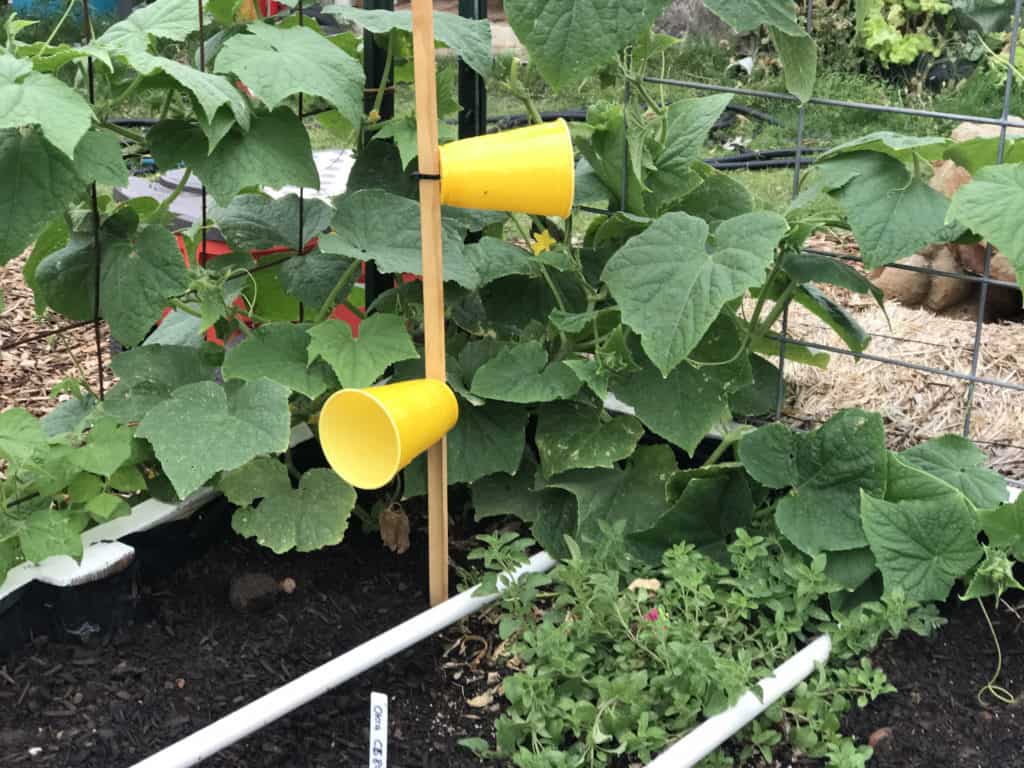
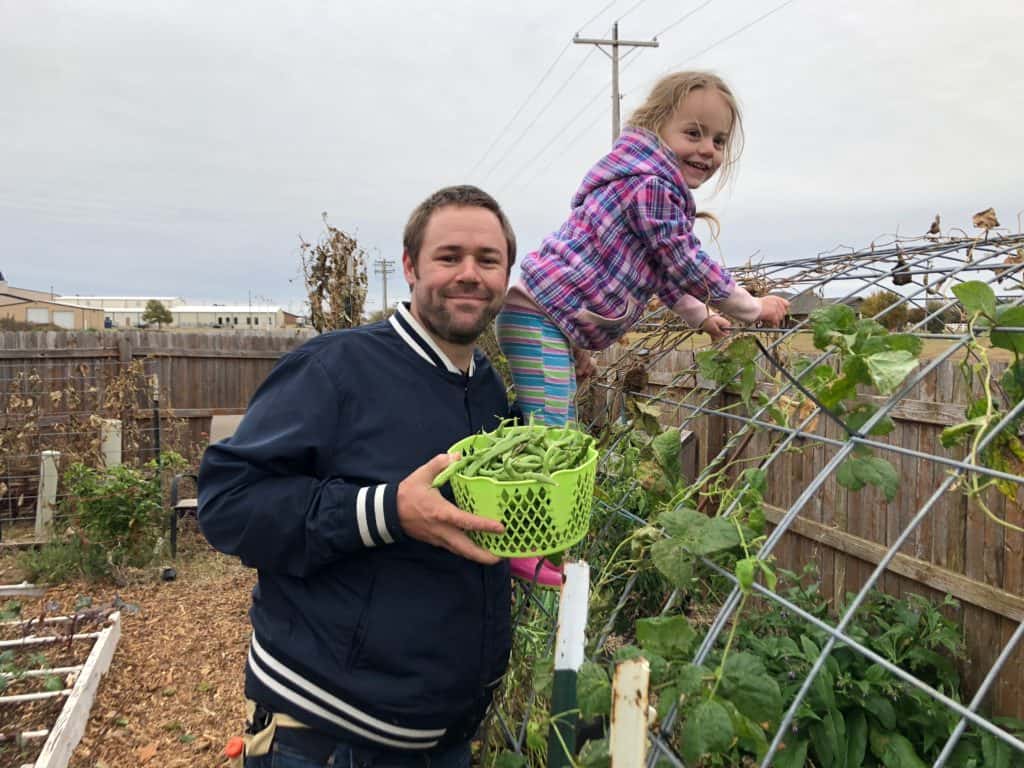
Squash also thrives in May and can be started directly from seed. We also grow our squash vertically to help with squash bug prevention. You can also wrap the base of your plants in aluminum foil to help prevent squash vine borers. One squash plant will provide an enormous amount of squash as long as you can keep the squash bugs away. Once these squash bugs become established they can be hard to manage. Check the undersides of leaves daily for little brown eggs and remove them with tape.
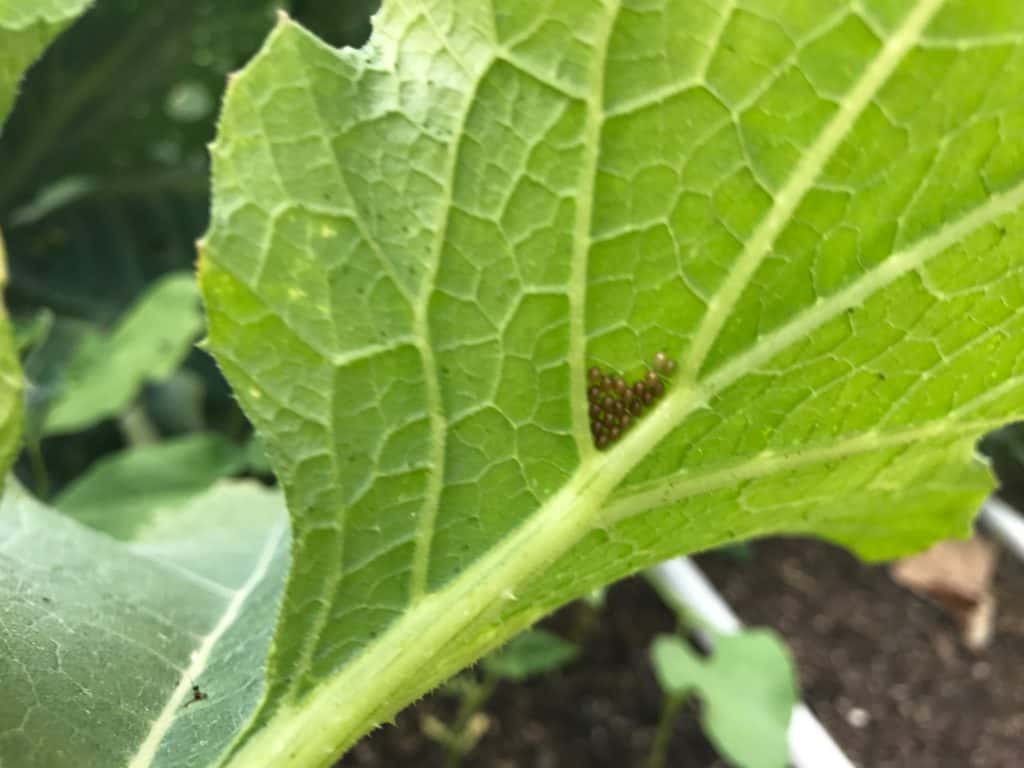
Watermelon also loves our summers and can be started directly from seed in May. Although you can grow the really big watermelons here in Oklahoma, we prefer to grow the smaller ones that take less time to produce, create more melons, and have a higher chance of success. You can also grow the smaller ones vertically and allow them to hang from the arch or trellis. Watermelon takes up a lot of space so we usually grow them in the corners of our gardens.
We planted beans all throughout April and in May we begin to switch to southern peas (black-eyed peas). We will continue planting new rounds every couple weeks throughout May.
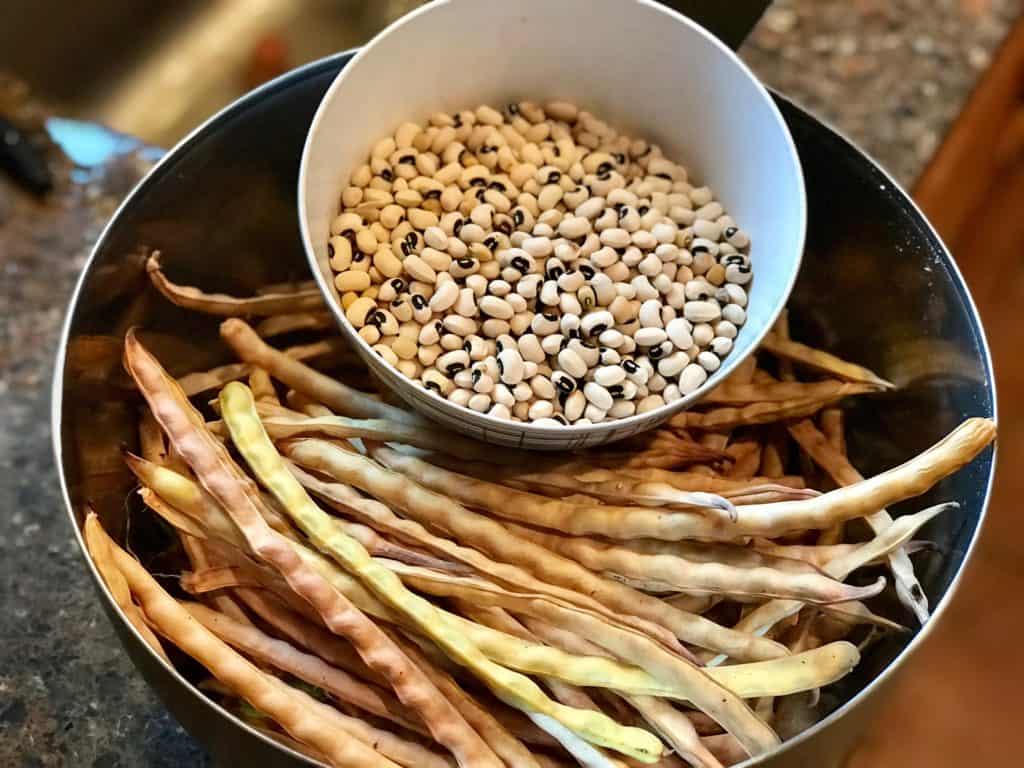
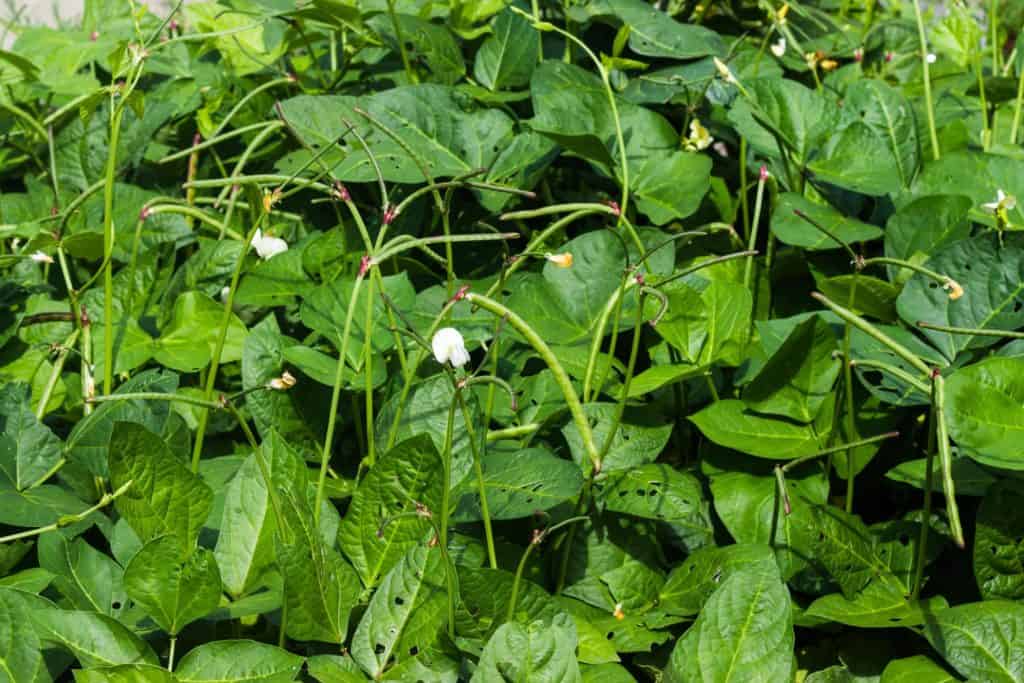
There are a host of other plants that can be planted in May here as well. Check out the full list and see planting dates customized for where you live in our free app. You can also see daily photos and videos from our garden on our YouTube channel or social media pages. We also have events running throughout the year and classes including tours of our garden. Learn more at seedtospoon.net.

Carrie Spoonemore, co-founder of “From Seed to Spoon,” stands as a beacon of inspiration for gardeners and health enthusiasts alike. Her journey alongside her husband, Dale Spoonemore, in creating a platform that demystifies gardening and promotes a healthier lifestyle, has made a significant impact on individuals around the globe. Through the “From Seed to Spoon” app, Carrie has dedicated herself to empowering people to take control of their health and environment by growing their own food.
With a profound belief in the power of gardening to improve mental and physical health, Carrie’s contributions to the Seed to Spoon blog reflect her holistic approach to wellness. Her articles often focus on the nutritional benefits of homegrown fruits and vegetables, organic gardening practices, and the mental health benefits of spending time in nature. Carrie’s expertise in health science shines through in her detailed discussions on how specific plants can contribute to a balanced diet and overall well-being.
Carrie’s passion for gardening is deeply intertwined with her commitment to family and community wellness. She frequently shares personal stories of how gardening has brought her family closer together, offering practical tips for involving children in gardening activities and making it a fun, educational experience. Her writing encourages families to explore gardening as a means of spending quality time together while learning about nature and sustainability.
In addition to gardening advice, Carrie’s contributions to the blog include insights into the use of technology to enhance the gardening experience. She has played a crucial role in designing the “From Seed to Spoon” app to be user-friendly, ensuring that users of all ages and backgrounds can navigate the complexities of gardening with ease. Her vision for the app is not just as a gardening tool but as a vehicle for change, inspiring individuals to adopt a more sustainable lifestyle by growing their own food.
Carrie Spoonemore’s presence on the blog is marked by her compassionate approach to teaching and her unwavering belief in the transformative power of gardening. Her work continues to inspire a community of gardeners to pursue a healthier, more sustainable way of living, proving that with the right tools and knowledge, anyone can become a gardener and advocate for their health and the planet.

